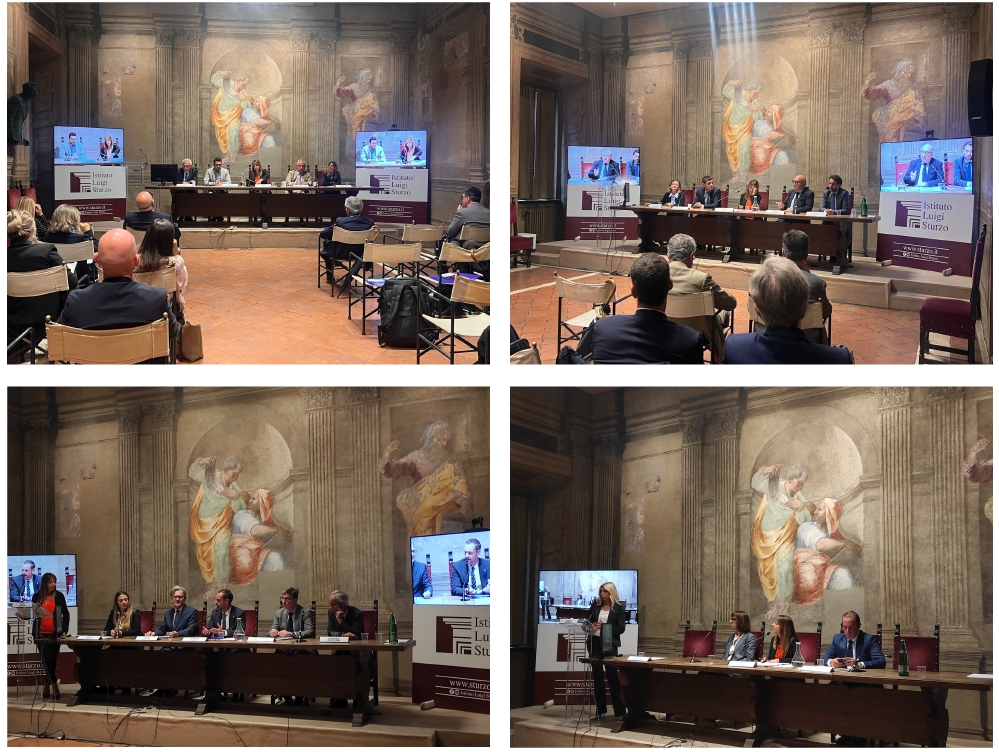ROME (ITALPRESS) – Cardiovascular diseases are the leading cause of death in Italy with more than 217,000 deaths a year and a major contributor to disability. They are characterized by cardiac and vascular disorders that include coronary, cerebrovascular, peripheral vascular and other forms of chronic ischemic heart disease. According to the latest Global Burden of Disease estimates, about 9.6 million individuals in Italy are affected by cardiovascular disease (CVD), with 800,000 new diagnoses annually and more than 670,000 hospitalizations attributable to these diseases.Despite the high mortality rate, identification and prevention of risk factors can significantly reduce the onset and progression of cardiovascular disease. Currently, primary treatments for the prevention and management of CVD include hypolipidemic therapies, antidiabetic therapies, and antihypertensive therapies. However, despite the efficacy of these treatments, there is a group of patients who may remain exposed to residual cardiovascular risk.Residual cardiovascular risk can be defined as the likelihood that a person with cardiovascular disease has of developing new, often fatal, cardiovascular events, even where treated following current standards of care.”There is a specific group of patients who have residual cardiovascular risk, for whom the current care pathways and the use of drug therapies in use are unable to improve prognosis and who, as a result, may develop new, often fatal, cardiovascular events,” stresses Pasquale Perrone Filardi, President Italian Society of Cardiology – SIC; Professor Cardiovascular System Diseases, University of Naples, Federico II – . This is because the persistence of residual cardiovascular risk is independent of the control of ‘bad’ LDL (C-LDL) cholesterol. For these patients, the scientific community has already identified value-added therapies capable of filling the unmet need, which have been shown to significantly reduce the risk of cardiovascular events, offering a powerful new therapeutic weapon to patients on secondary prevention and moderately elevated triglyceride levels.”To enable discussion among key system players on the importance of prevention in residual cardiovascular risk and treatment opportunities to protect patients across the country, a meeting entitled “Prevention, Appropriateness and Consistent Access to Therapies: Fundamental Drivers to Counter Residual Cardiovascular Risk,” in collaboration with the Parliamentary Intergroup on Cardio, Cerebro and Vascular Diseases, under the patronage of the Istituto Superiore di Sanita, SID – Italian Society of Diabetology and SALUTEQUITA’; sponsored by SIC, GISE, SISA, ANMCO, FADOI, SIMI, AMD, SIMG, FIMMG; organized by Cencora Pharmalex and realized with the nonconditional contribution of Amarin.The event underscored the need to ensure that citizen patients have equitable access to important value-added therapies, highlighting the centrality of prevention in residual cardiovascular risk. “For people who have had one or more cardiovascular events, with residual cardiovascular risk, more needs to be done. We know that the right to health, if there is a lack of homogeneous and timely access to the best care and value-added therapies, cannot be considered guaranteed,” says Maria Pia Ruggieri, Healthquity Board member. To help these people, the key step is to work as a system and promote greater usability of innovation that is, very often, life-saving. We decided to sponsor the Residual Cardiovascular Risk Manifesto, which was the result of the joint work of the scientific community and stakeholders in Healthquità, to make sure that the needs and rights of citizens are clear to the relevant institutions and that the inequalities in access to care that exist compared to other European citizens, and also within our regions, are overcome.”During the meeting, the Manifesto “Residual cardiovascular risk: analysis of the context and therapeutic options, between innovative prevention strategies and system sustainability” was officially presented, promoted by SIC, GISE, SISA, ANMCO, FADOI, SIMI, AMD, SIMG, FIMMG and under the sponsorship of SID and SALUTEQUITA’. The document frames the disease by summarizing the state of the art of therapies in use for the management of cardiovascular risk and drawing attention to the importance of having available value-added therapies for the management of residual risk, which is associated with the need to standardize access to care throughout Italy, fostering improved care-taking pathways. “As a Member of Parliament and Coordinator of the Parliamentary Intergroup on Cardio, Cerebro and Vascular Diseases, our commitment to trying to protect patients suffering from cardiovascular diseases is firm,” stressed Elena Murelli, 10th Committee on Social Affairs, Health, Public and Private Labor, Social Security, Senate of the Republic. “It is essential to reduce the prevalence of these diseases as a leading cause of mortality in Italy. In this sense, we support the Residual Cardiovascular Risk Manifesto, which calls for comprehensive and appropriate management of patients at risk. Our goal and political commitment is aimed at ensuring that all patients, regardless of their residence, have the same opportunities for diagnosis and treatment in a uniform and timely manner by promoting the push for health programming in our country system as a benchmark for Europe. “Clear is the appeal to institutions in order to ensure uniform, homogeneous and free access to treatment for all patients. This requires inclusive health policies, adequate funding and a collaboration between public and private entities to ensure that no patient is left behind.The goal is to optimize the resources of the National Health Service, investing in health and innovation to reduce hospitalizations and disabilities and to support patients, their families and caregivers, including through information and prevention. “Events like today’s are crucial to spread the culture of prevention, especially for those who have already had one or more cardiovascular events. Only this can lead to a reduction in the mortality rate of the disease that, even today, is the leading cause of death in Italy. To move in this direction, it is necessary to inform and educate all health professionals and citizens. As the Istituto Superiore di Sanità, we are committed to this direction and we are confident that our contribution can help ensure the best diagnosis and treatment in all regions,” concluded Manuela Bocchino, Medical Specialist in Cardiology, Department of Cardiovascular, Endocrine-metabolic and Aging Diseases, Istituto Superiore di Sanità.
– PharmaLex Italy press office photo –
(ITALPRESS).

